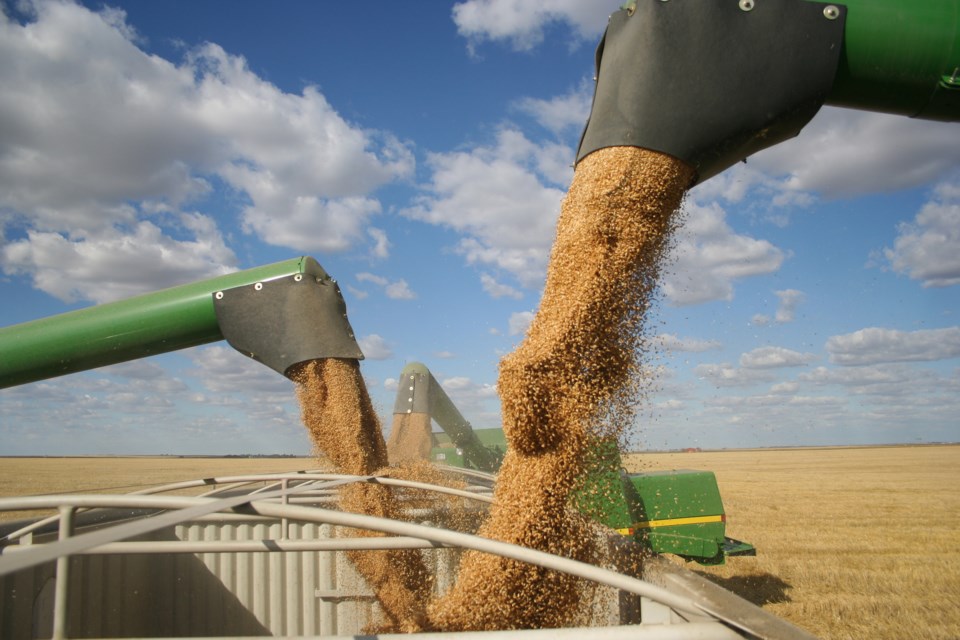Nearly . That’s an increase of almost 320 million people in one year and it’s expected to get worse with rising food prices and the war trapping wheat, barley and corn in Ukraine and Russia.
Climate change related floods, fires and extreme weather, combined with armed conflict and a worldwide pandemic have magnified this crisis by affecting .
Many assume world hunger is due to “too many people, not enough food.” This trope has persisted since the 18th century when economist postulated that the human population would eventually exceed the planet’s carrying capacity. This belief moves us away from addressing the root causes of hunger and malnutrition.
In fact, and play a larger role. The world’s hungry are disproportionately located in Africa and Asia, in conflict-ridden zones.
As a researcher who has been working on food systems since 1991, I believe that addressing root causes is the only way to tackle hunger and malnutrition. For this, we need more equitable distribution of land, water and income, as well as investments in sustainable diets and peace-building.
But how will we feed the world?
The world produces enough food to provide every man, woman and child with , which is more than sufficient. However, — structured by class, gender, race and the impact of colonialism — have resulted in an unequal access to the Earth’s bounty.
Half of global crop production consists of sugar cane, maize, wheat and rice — a great deal of which is used for , as feed for , biofuels and vegetable oil.
The global food system is controlled by a handful of transnational corporations that produce , containing . Overconsumption of these foods is and taxing healthcare costs.
Nutrition experts say that with only a quarter of our plates consisting of protein and dairy. The Intergovernmental Panel on Climate Change also recommends a move toward .
A showed that overconsumption of — soft drinks, snacks, breakfast cereals, packaged soups and confectionery items — can lead to negative environmental and health impacts, such as Type 2 diabetes and cardiovascular disorders.
Steering the world away from highly processed foods will also lessen their negative impacts on land, water and reduce energy consumption.
We live in a world of plenty
Since the 1960s, . Yet the Malthusian theory continues to focus on the risk of population increases outstripping the Earth’s , even though .
Nobel Laureate ’s of 1943 challenged Malthus by demonstrating that millions died of hunger because they didn’t have the money to buy food, not due to food shortages.
In 1970, Danish economist also questioned Malthus’s assumptions. She argued that rising incomes, women’s equality and urbanization would ultimately stem the tide of population growth, with the birthrate, even in poor countries, dropping to .
Food — like water — is an entitlement, and public policy should stem from this. Unfortunately, land and income remain highly unevenly distributed, resulting in food insecurity, even in wealthy countries. While land redistribution is notoriously difficult, some land reform initiatives — — have been successful.
The role of war in hunger
Hunger is . The countries with the highest rates of food insecurity have been ravaged by war, . More than half of the people who are undernourished and almost 80 percent of children with stunted growth .
UN Secretary General António Guterres has warned that the war in Ukraine puts 45 African and least developed countries at risk of a “,” as they import at least a third of their wheat from Ukraine or Russia. According to the New York Times, due to higher food prices.
What works, ultimately, are adequate (basic social security guarantees) and . For example, the assists rural women by providing access to nutritious food and other community supports.
To address food insecurity, we must by co-ordinating humanitarian, development and peacekeeping activities to avoid and curtail armed conflicts. Poverty reduction is part of peace building as rampant inequalities .
Protecting our ability to produce food
Climate change and poor environmental management have put collective food production assets including soil, water and pollinators .
Several have warned that soil and water contamination from high concentrations of toxins such as pesticides, dwindling biodiversity and disappearing pollinators could further affect the quality and quantity of food production.
Livestock, crop production, agricultural expansion and food processing account for . In addition, , so is also paramount.
Reducing food loss and waste will help reduce environmental impacts of the food system, as will transitioning to healthier, sustainably produced diets.
Food, health and environmental sustainability
Food is an entitlement and should be viewed as such, not framed as an issue of population growth or inadequate food production. Poverty and systemic inequalities are the root causes of food insecurity as is armed conflict. Keeping this idea central in discussions about feeding the world is essential.
We need policies that support to address chronic diet-related disease, .
We need more initiatives that enable equitable distribution of land, water and income globally.
We need policies that address food insecurity through initiatives like rights-based food sovereignty systems.
In areas affected by conflict and war, we need policies that by co-ordinating humanitarian, development and peacekeeping activities.
These are the key pathways to recognize that “.”
![]()
Gisèle Yasmeen has, an individual and as the previous officer of various organizations, received funding from various funding programs of the Government of Canada as well as numerous provincial sources



